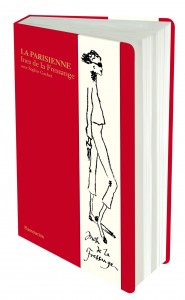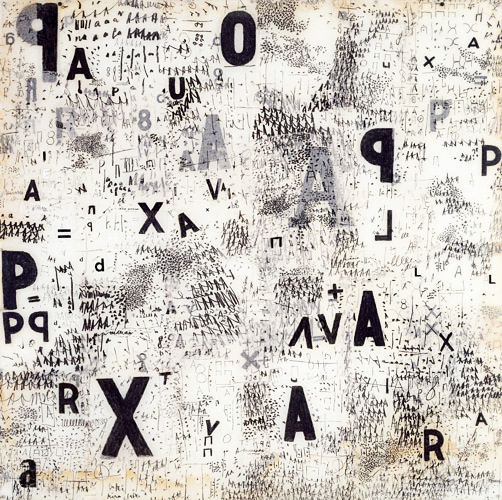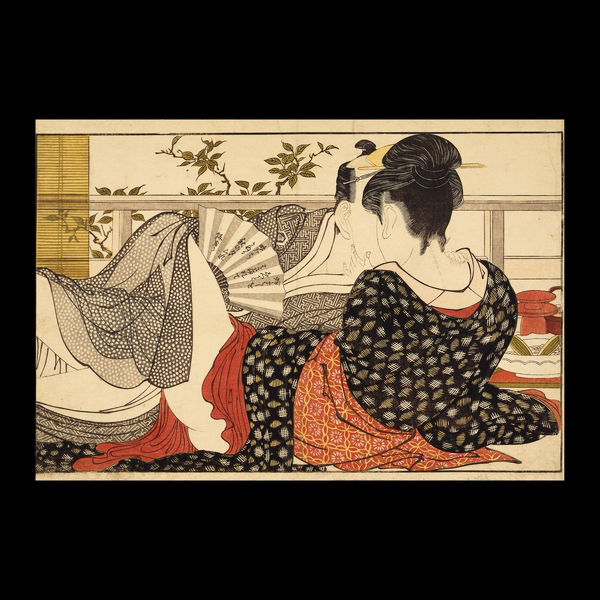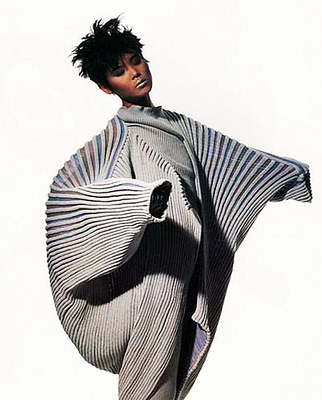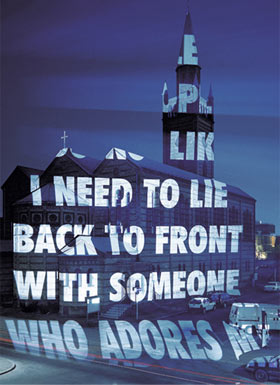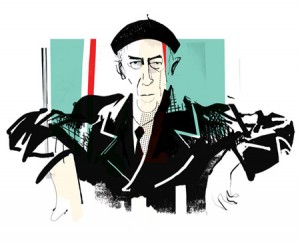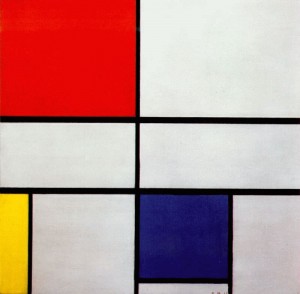A non-style guide
Since its launch in 2010, much has been said about the book by Inès de la Fressange and Sophie Gachet. In fact, this is a great book: the text is full of humor, grace and vivacity; the illustrations (made by Inès herself) convey the same attributes, with some delicacy and even a bit of irony on herself; the photos (by Sophie and Inès) reveal a particular and unpretentious look on objects and places; and the information… well, who would not like to have a list of addresses to the less obvious and best products and services in Paris?
At a closer look, however, the book proves to be much more than a ‘style guide’ – a title not included in the original publication (simply “La Parisienne”), but added to the title in its English version (“Parisian chic: a style guide by Inès de la Fressange”), and also adopted in the Portuguese version (“A Parisiense: o guia de estilo de Inès de la Fressange”).
The term ‘guide’ implies in a work with rules and instructions that, if followed, are able to ensure the success of a certain project or attitude. But the notion that there is a formula, a recipe for being ‘chic’ (!) or to have ‘style’ is diametrically opposed to the thought that develops throughout the book – and it becomes clear right at its very beginning: “You need to learn to take liberties with the categorical statements… Some rules were made to be broken… Do you like orange dress with yellow shoes? Go ahead, people will follow you eventually!”
I believe that the great merit of the book is, in fact, to stimulate reflection and understanding on ourselves, and to value individual expression – whether in dressing, living or consuming. To read something like: “(The Parisian) is not one to spend all her salary in a must-have. First because she has no money, and second because she believes she is as talented as a stylist: why overpay for an outfit that she could have imagined herself?” is far more instructive than getting to know Inès’ particular view on how to match shoes and dresses.
Or this: “Why think that it is absolutely necessary to pay millions to have art at home? Have your children’s favorite drawings framed… Acrylic magnetic frames will transform any piece of paper you value, even a message scribbled on a napkin… “Is it really important to know where the acrylic magnetic paintings are from? No, what is relevant is the notion that each individual decides what they want to frame – that which is most valuable.
To have style is to know yourself and be clear about your preferences; it is to know what gives you pleasure, what coexists in harmony with your way of moving, thinking, acting, and living. And make each choice, consequently, an expression of individuality. To have style is to be aware of one’s uniqueness – and enjoy this condition with joy and pleasure.
